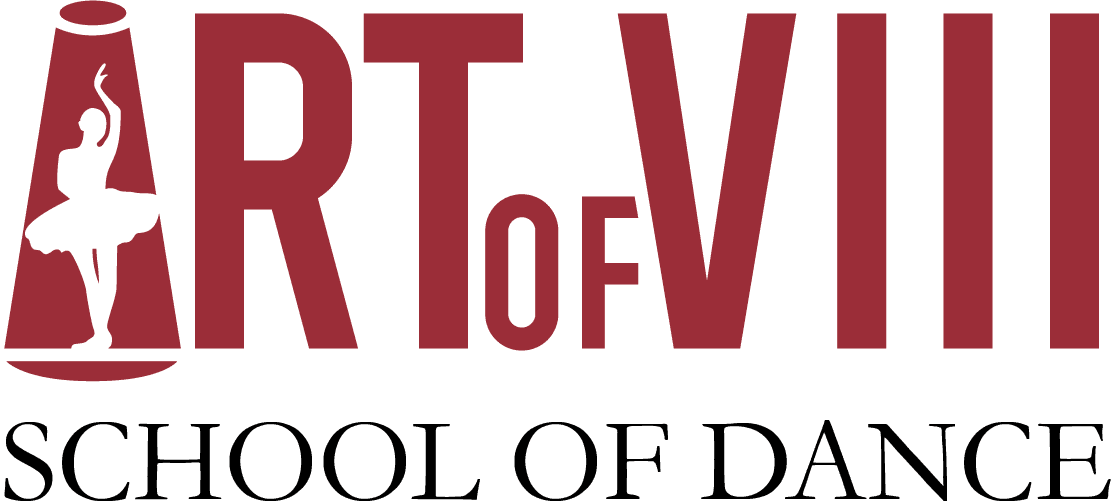Table of Contents
- Origins of Dance: From Rituals to Entertainment
- Revolution in Dance: Impact of Medieval and Renaissance Period
- Birth of Modern Dance: Influential Pioneers and Movements
- Innovations in Contemporary Dance: Fusion of Styles and Techniques
- Breaking Boundaries: Modern Dance in the Digital Age
Origins of Dance: From Rituals to Entertainment
The origins of dance can be traced back to ancient rituals and ceremonies. In many cultures, dance was a form of communication with the divine or a way to connect with ancestors. It was often performed as part of religious rituals or as a way to celebrate important events such as harvests or weddings. Over time, dance also became a form of entertainment, performed for the enjoyment of others. It evolved from simple rhythmic movements to more complex choreography, incorporating music and storytelling.
In ancient civilizations such as Egypt, Greece, and India, dance was seen as a sacred art form. It was believed to have the power to heal, purify, and bring blessings. Dance was often performed by priests or priestesses in temples, and it played a significant role in religious ceremonies and festivals. As societies evolved, dance also began to serve as a form of entertainment, performed at social gatherings and events.
During the medieval and Renaissance periods, dance continued to evolve and take on new forms. In medieval Europe, dance was an integral part of courtly life. It was performed by nobles and served as a way to display wealth, power, and social status. Dance styles such as the pavane and galliard became popular, characterized by elegant movements and intricate footwork. In the Renaissance, dance became even more elaborate and refined, with new dance forms such as the branle and the allemande emerging. Dance masters began to formalize and codify dance steps, leading to the development of dance notation systems.
Overall, the origins of dance can be seen as a progression from religious rituals and ceremonies to forms of entertainment. It has always been a way for people to express themselves, communicate with others, and celebrate important aspects of life.
Revolution in Dance: Impact of Medieval and Renaissance Period
The medieval and Renaissance periods were revolutionary for the evolution of dance. During this time, dance moved beyond the confines of religious rituals and became an integral part of courtly life. It played a significant role in social interactions, entertainment, and the expression of power and status.
In medieval Europe, dance was closely associated with the nobility. It was performed at court gatherings, banquets, and festivities. Dance styles such as the pavane and galliard became popular, characterized by graceful movements and intricate footwork. These dances were often performed in elaborate costumes and accompanied by live music. They served as a way for nobles to display their wealth, refinement, and social status.
The Renaissance period further revolutionized dance, with new dance forms and techniques emerging. Dance masters began to formalize and codify dance steps, creating dance notation systems to preserve and teach dances. The branle and allemande were popular dance forms during this time, characterized by intricate footwork, precise formations, and patterns. Dance became a way to express artistic creativity and individuality, with dancers incorporating virtuosic movements and improvisation.
The impact of the medieval and Renaissance periods on dance is still evident in modern dance forms. The emphasis on precise footwork, intricate patterns, and expressive movements can be seen in various dance styles today. The influence of these periods laid the foundation for the development of modern dance and its subsequent evolution.
Birth of Modern Dance: Influential Pioneers and Movements
The birth of modern dance marked a significant departure from traditional forms and conventions. It was a response to the rigidity and restrictions of classical ballet and sought to explore new possibilities of movement and expression.
Influential pioneers such as Isadora Duncan, Martha Graham, and Doris Humphrey played a crucial role in shaping the development of modern dance. They rebelled against the constraints of ballet and introduced new concepts such as freedom of movement, natural gestures, and the use of breath. Isadora Duncan, often considered the mother of modern dance, emphasized the expression of emotions through movement and drew inspiration from nature and ancient Greek art. Martha Graham revolutionized modern dance with her technique based on contraction and release, exploring the depths of human emotions and experiences. Doris Humphrey focused on the use of fall and recovery, creating dynamic and expressive movements.
Modern dance movements also emerged as a response to social and political issues of the time. Dancers used their art form to address themes of freedom, equality, and individuality. They challenged societal norms and pushed the boundaries of what was considered acceptable in dance.
Overall, the birth of modern dance brought about a revolution in the world of dance. It opened up new possibilities for movement, expression, and artistic exploration, laying the foundation for the diverse forms of dance we see today.
Innovations in Contemporary Dance: Fusion of Styles and Techniques
Contemporary dance is a dynamic and ever-evolving form that embraces a fusion of styles and techniques. It draws inspiration from various dance forms, including ballet, modern dance, jazz, hip-hop, and traditional dances from around the world.
One of the key innovations in contemporary dance is the breaking of boundaries between different dance styles. Dancers now have the freedom to explore and incorporate movements from various disciplines, creating a unique and eclectic style. This fusion of styles allows for greater creativity and experimentation, pushing the boundaries of what is considered traditional or conventional.
Contemporary dance also places a strong emphasis on individuality and self-expression. Dancers are encouraged to bring their unique personalities and experiences to their performances, allowing for a more personal and authentic connection with the audience. They are not bound by strict rules or techniques but are given the freedom to explore their own movement vocabulary.
Technological advancements have also played a significant role in the innovation of contemporary dance. Dancers and choreographers now have access to digital tools and multimedia platforms, allowing them to create immersive and interactive performances. They can incorporate projections, lighting effects, and interactive elements into their choreography, enhancing the overall visual and sensory experience for the audience.
Innovations in contemporary dance continue to push the boundaries of what is possible in the art form. Dancers are constantly exploring new techniques, styles, and technologies, creating a vibrant and ever-evolving dance landscape.
Breaking Boundaries: Modern Dance in the Digital Age
Modern dance has continued to break boundaries in the digital age, embracing new technologies and platforms to reach a wider audience.
Social media and online platforms have provided dancers and choreographers with a global stage to showcase their work. They can share their performances, rehearsals, and behind-the-scenes footage with audiences around the world, creating a sense of connection and community. Online platforms also allow for collaborations and exchanges between dancers from different countries and cultures, fostering a diverse and inclusive dance community.
The digital age has also brought about new possibilities for dance education and learning. Dancers can now access online tutorials, classes, and workshops, allowing them to expand their knowledge and skills from the comfort of their own homes. Virtual reality and augmented reality technologies have also been integrated into dance training, providing immersive and interactive experiences for dancers.
Furthermore, technology has enabled the creation of innovative dance performances and installations. Dancers and choreographers are exploring the use of motion capture, 3D mapping, and interactive projections to create unique and immersive experiences for the audience. These digital innovations have expanded the possibilities of what can be achieved in dance, blurring the lines between the physical and digital realms.
In the digital age, modern dance has become more accessible, diverse, and interconnected than ever before. It continues to break boundaries and redefine the art form, pushing the limits of what is possible in dance.







